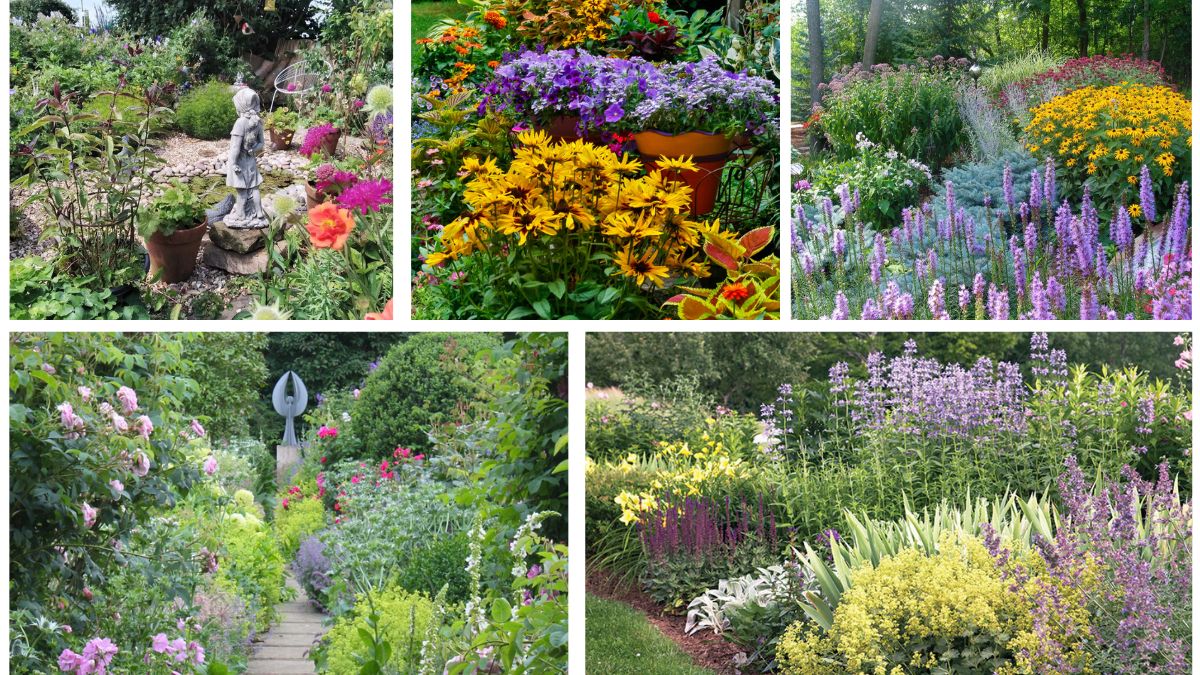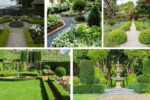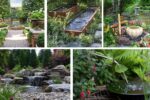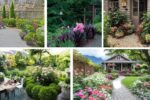Gardens are not only places for growing flowers—they are outdoor canvases where nature meets art. Among the many ways to enhance a garden’s aesthetic, combining flower beds with sculptures creates a truly captivating space. A well-placed sculpture can serve as a centerpiece, and when surrounded by thoughtfully designed flower beds, it gains a sense of life and context. Together, they form a harmonious blend of organic beauty and artistic elegance.
Designing flower beds that highlight garden sculptures requires creativity, balance, and an understanding of both plant and art elements. Whether you are working with a rustic statue, a sleek modern piece, or a whimsical garden ornament, the right planting design can transform it from a standalone object into a focal point that elevates your outdoor environment.
In this article, we’ll explore design principles, plant selection, layout ideas, and practical tips to create flower beds that highlight garden sculptures beautifully.
Why Combine Flower Beds with Sculptures?
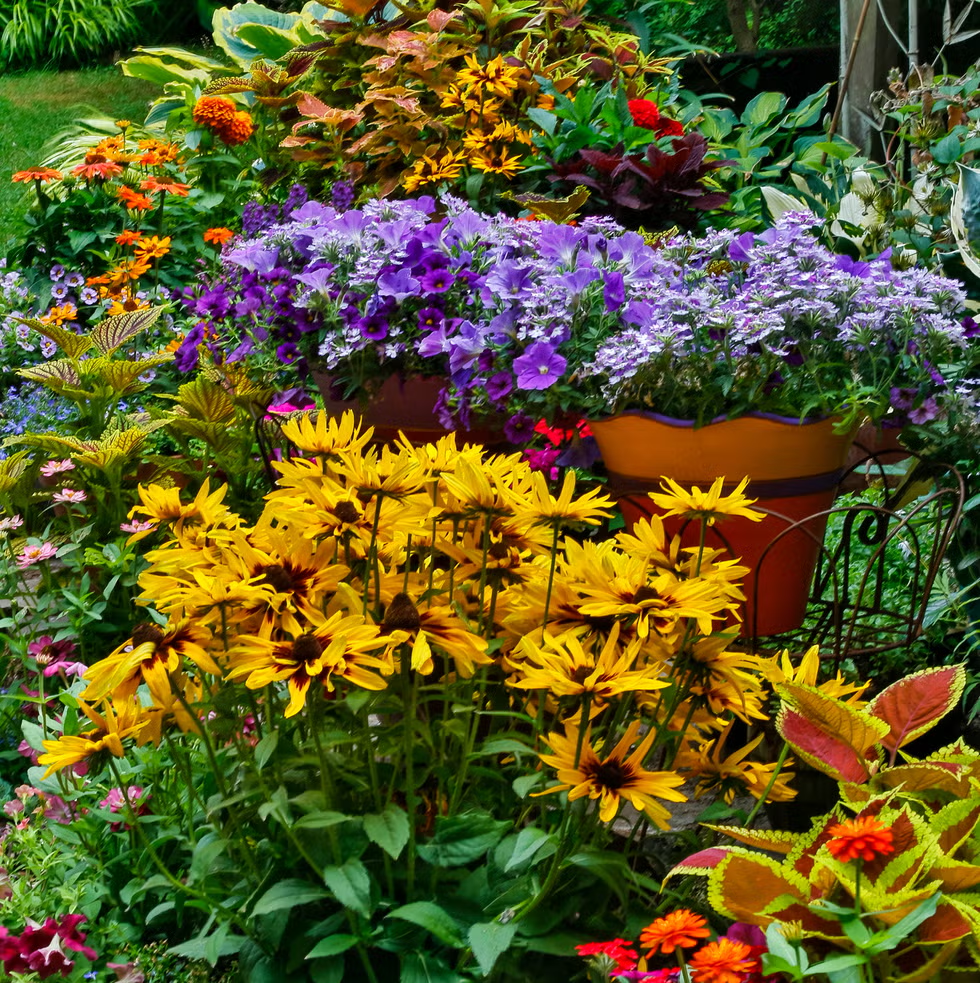
- Visual Focal Point – A sculpture draws attention instantly. Flower beds around it act as a natural frame, leading the eye toward the artwork.
- Seasonal Interest – Flowers add changing colors, textures, and fragrances, ensuring that the sculpture never looks static but evolves with the seasons.
- Symbolism and Storytelling – The pairing of flowers and sculpture can express themes: roses around an angel statue evoke peace, while wildflowers around a rustic wooden carving suggest natural harmony.
- Balance of Hard and Soft Elements – Sculptures add structure and permanence; flowers bring softness and movement. Together, they balance art with nature.
- Personalized Garden Style – From modern minimalism to cottage charm, sculptures with flower beds allow gardeners to express individuality.
Choosing the Right Sculpture for Your Garden

Before planting, consider the type of sculpture you want to highlight.
- Classical Statues (angels, Greek figures, urns): Pair well with traditional, formal flower beds featuring symmetrical layouts and timeless plants like roses, lavender, or boxwood borders.
- Modern or Abstract Sculptures: Work beautifully with minimalist plantings such as ornamental grasses, monochrome flower beds, or bold tropical foliage.
- Rustic or Natural Pieces (wood carvings, stone animals): Match best with wildflowers, ferns, and native plants for a relaxed, naturalized effect.
- Whimsical Ornaments (fairies, animals, quirky metal art): Can be accentuated with bright, cheerful blooms like marigolds, zinnias, or petunias.
The sculpture’s size also matters. A tall piece may need lower flowers that won’t block the view, while a small ornament might benefit from taller plants around it to create a sense of discovery.
Principles of Designing Flower Beds Around Sculptures
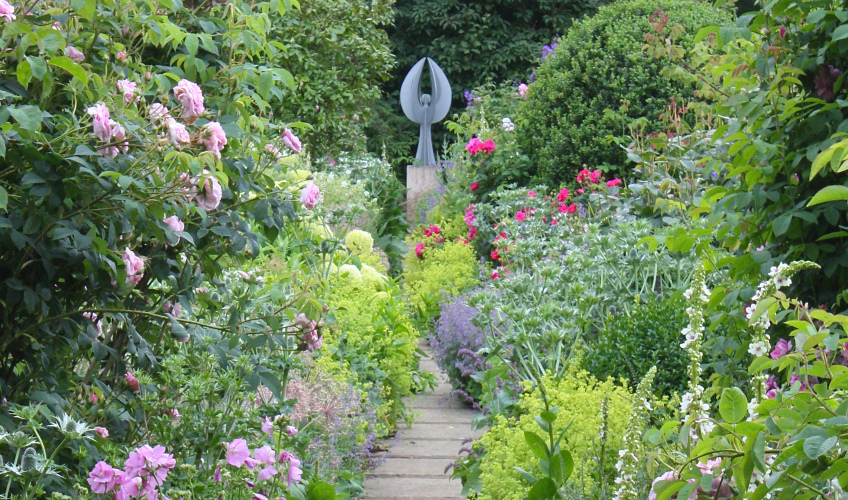
- Scale and Proportion
- Ensure plants don’t overwhelm or obscure the sculpture. For a tall statue, use low-growing flowers as a frame. For smaller pieces, medium-height plants can create emphasis.
- Color Harmony
- Use flower colors that complement the sculpture’s material.
- White marble statues look stunning with deep reds, purples, or blue-toned flowers.
- Bronze sculptures pair well with warm yellows and oranges.
- Stone and concrete pieces benefit from soft pastel flowers.
- Use flower colors that complement the sculpture’s material.
- Seasonal Continuity
- Plan flowers that bloom across different times of the year so the sculpture is never without a lively backdrop. Combine spring bulbs, summer annuals, autumn perennials, and winter foliage.
- Texture Contrast
- Pair smooth, solid sculptures with textured, airy plants like ornamental grasses or feathery ferns to create contrast.
- Symmetry vs. Asymmetry
- Formal sculptures may suit symmetrical planting, while abstract pieces look better with free-flowing, asymmetrical designs.
Best Plants for Sculpture-Enhancing Flower Beds
1. Low-Growing Borders
- Alyssum, Lobelia, or Creeping Thyme: Soft borders that frame without hiding.
- Lavender or dwarf boxwood: Add structure and fragrance.
2. Medium-Height Blooms
- Roses, Coneflowers, and Black-eyed Susans: Add height and color contrast.
- Hydrangeas: Great for sculptures that need a lush, soft backdrop.
3. Tall Accent Plants
- Delphiniums, Foxgloves, or Sunflowers: Perfect for dramatic emphasis around large statues.
- Ornamental Grasses: Create movement and a natural texture near modern sculptures.
4. Seasonal Blooms
- Spring: Tulips, Daffodils, Hyacinths.
- Summer: Zinnias, Marigolds, Daylilies.
- Autumn: Chrysanthemums, Asters, Sedum.
- Winter: Hellebores, evergreen shrubs, and ornamental cabbages.
Layout Ideas for Flower Beds with Sculptures
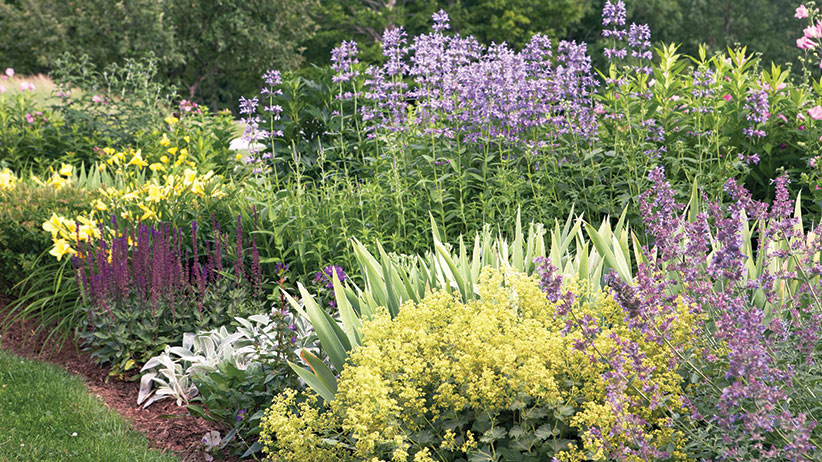
- Circular Bed with Central Sculpture
- Place the sculpture in the middle, surrounded by concentric rings of flowers in varying heights. Works beautifully in open spaces.
- Island Bed
- Create a flower bed shaped like an island with the sculpture as the anchor. Add taller plants at the back and cascading flowers at the edges.
- Pathway Highlight
- Place small sculptures along a garden path, with flower beds flanking each side to guide visitors toward the artwork.
- Niche Garden Corners
- Tuck a sculpture into a shaded nook or quiet corner and surround it with shade-loving flowers like hostas, impatiens, and ferns for a secret-garden feel.
- Themed Planting
- Create cultural or thematic harmony:
- Japanese lantern sculpture with azaleas and maples.
- Mediterranean urn with lavender, rosemary, and olive trees.
- Create cultural or thematic harmony:
Practical Tips for Success
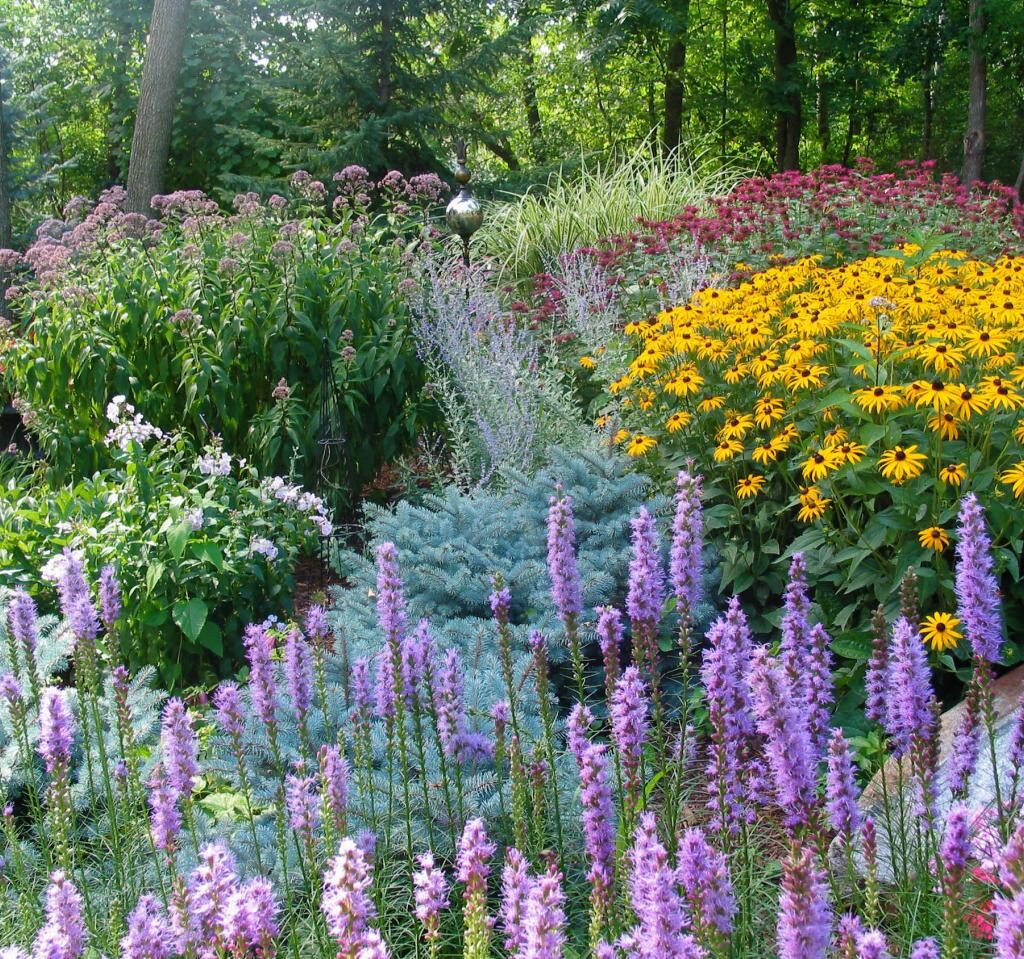
- Lighting Matters
- Install solar or spotlights to illuminate the sculpture and flowers at night, extending enjoyment beyond the day.
- Maintenance Balance
- Choose low-maintenance plants if the sculpture is intricate—you don’t want frequent trimming to obstruct the artwork.
- Soil and Drainage
- Sculptures often sit in the middle of beds where water might collect. Ensure proper drainage to protect both plant roots and sculpture stability.
- Fragrance Factor
- Add scented flowers like jasmine, lilies, or roses near sculptures to create a sensory garden experience.
- Seasonal Rotation
- Swap out annuals seasonally to refresh the look and keep the bed vibrant year-round.
Examples of Sculpture-Flower Bed Combinations
- Angel Statue with Roses and Lavender: Creates a timeless, serene, spiritual atmosphere.
- Abstract Metal Sculpture with Ornamental Grasses: Modern, sleek, and perfect for contemporary landscapes.
- Stone Animal Figure Surrounded by Wildflowers: Whimsical and natural, blending art with meadow charm.
- Classic Urn Sculpture with Circular Tulip Bed: A formal yet vibrant spring display.
- Wooden Carving with Ferns and Hostas: Rustic woodland charm, especially in shaded corners.
Conclusion
Flower beds that highlight garden sculptures bring together the beauty of plants and the creativity of art in a way that elevates any outdoor space. Sculptures act as timeless anchors, while flowers offer seasonal color, texture, and movement. By considering principles of scale, color harmony, and seasonal design, gardeners can create breathtaking compositions that turn sculptures into living focal points.
Whether your garden style is classical, modern, rustic, or whimsical, the right combination of sculpture and flowers can transform an ordinary yard into a stunning showcase of natural and artistic harmony.
A well-designed sculpture-flower bed pairing is more than just decoration—it’s a statement of style, a celebration of nature, and a source of inspiration that grows more beautiful with every passing season.
